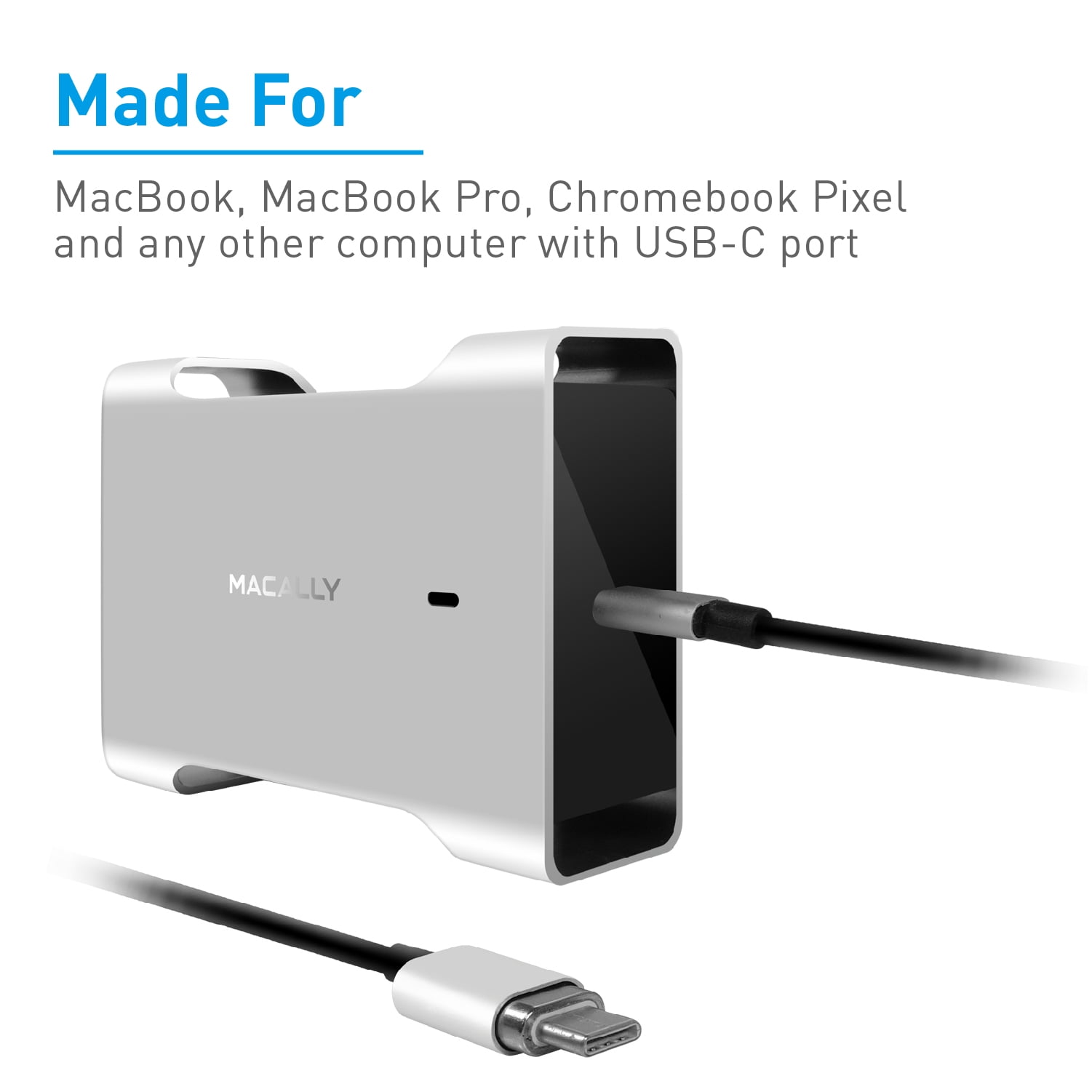

Specific types of chargers are needed for best performance and 20 watts is the minimum rating to work well with MagSafe, so Apple's older 5, 10, and 12-watt chargers are not recommended. Magnets in both the iPhone and the puck at the end of the MagSafe charging cord ensure perfect alignment and maximum wireless charging speed, which is double what was possible with the iPhone 11.

Having a much different form and purpose than the MacBook's MagSafe, it's a wireless charging cord that plugs into a USB-C charger. In 2020, Apple announced a new type of MagSafe, this time for the iPhone 12 and it also works with the iPhone 13. Related: Should You Charge Your New MacBook Pro Via MagSafe or Thunderbolt 4? In 2017, Apple shifted to USB-C charging which is more convenient, allowing charging from any port and sharing the same connector that is used in an iPad Pro.

A $2,000 laptop is not something that should be yanked from a desk and dropped to the floor, particularly when the storage was made with the older hard drive technology that relied on spinning magnetic disks that could be easily damaged by the read head. For over a decade, the MacBook Pro and MagSafe Charger used magnets for attachment, which allowed for a quick release in case the cord was tripped over. It can be a bit confusing to keep track of which chargers work with a particular product and what's needed when ordering something new from Apple, especially since chargers are no longer included in the box.Īpple announced MagSafe in 2006 along with the original MacBook Pro. While Apple's MagSafe is a technology that dates back several years, the feature has recently expanded to include chargers that support the iPhone, AirPods, Apple Watch, and MacBook Pro.


 0 kommentar(er)
0 kommentar(er)
